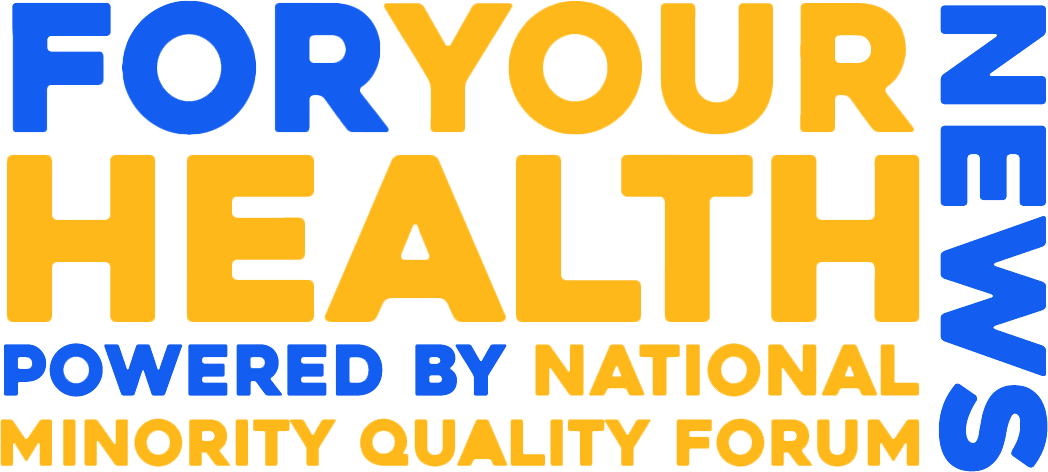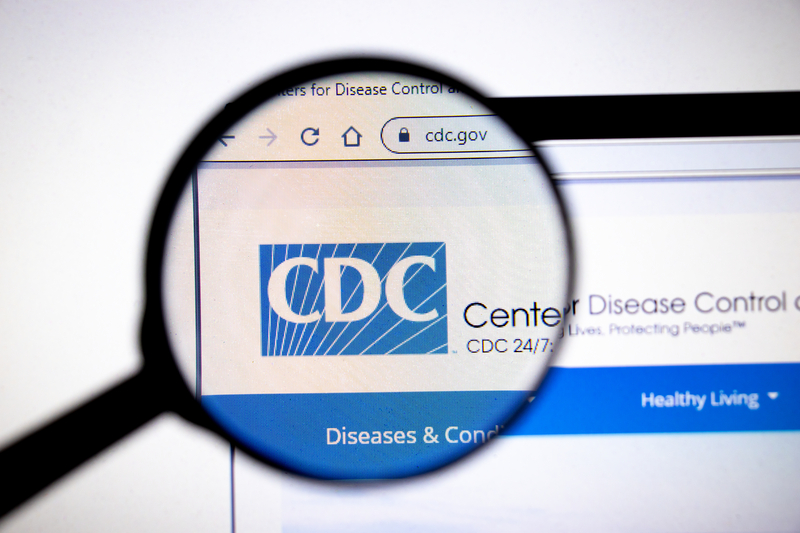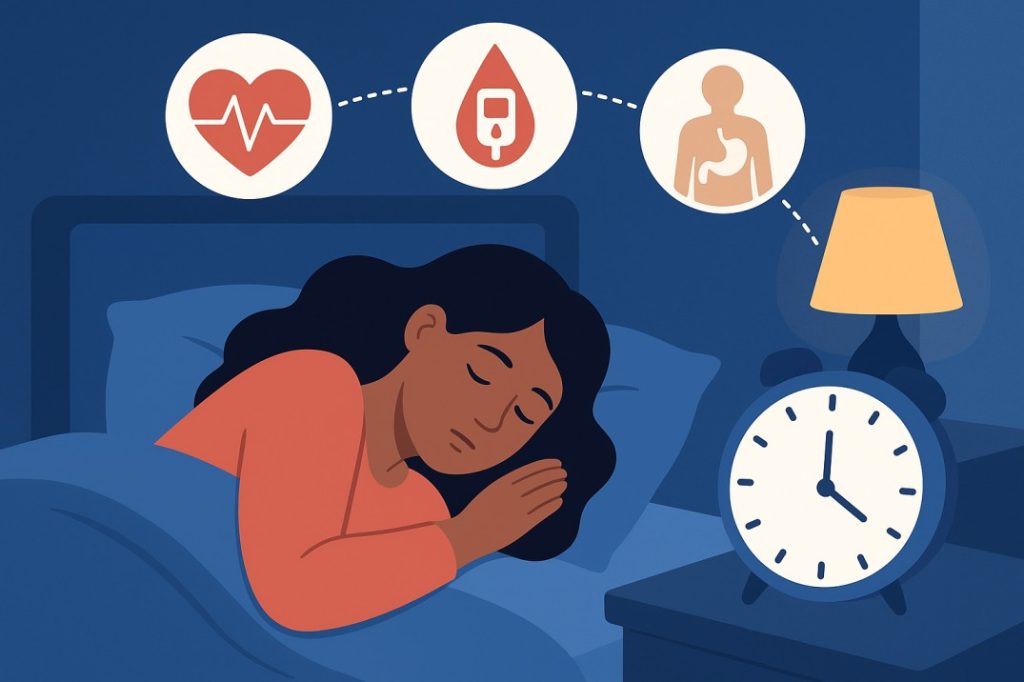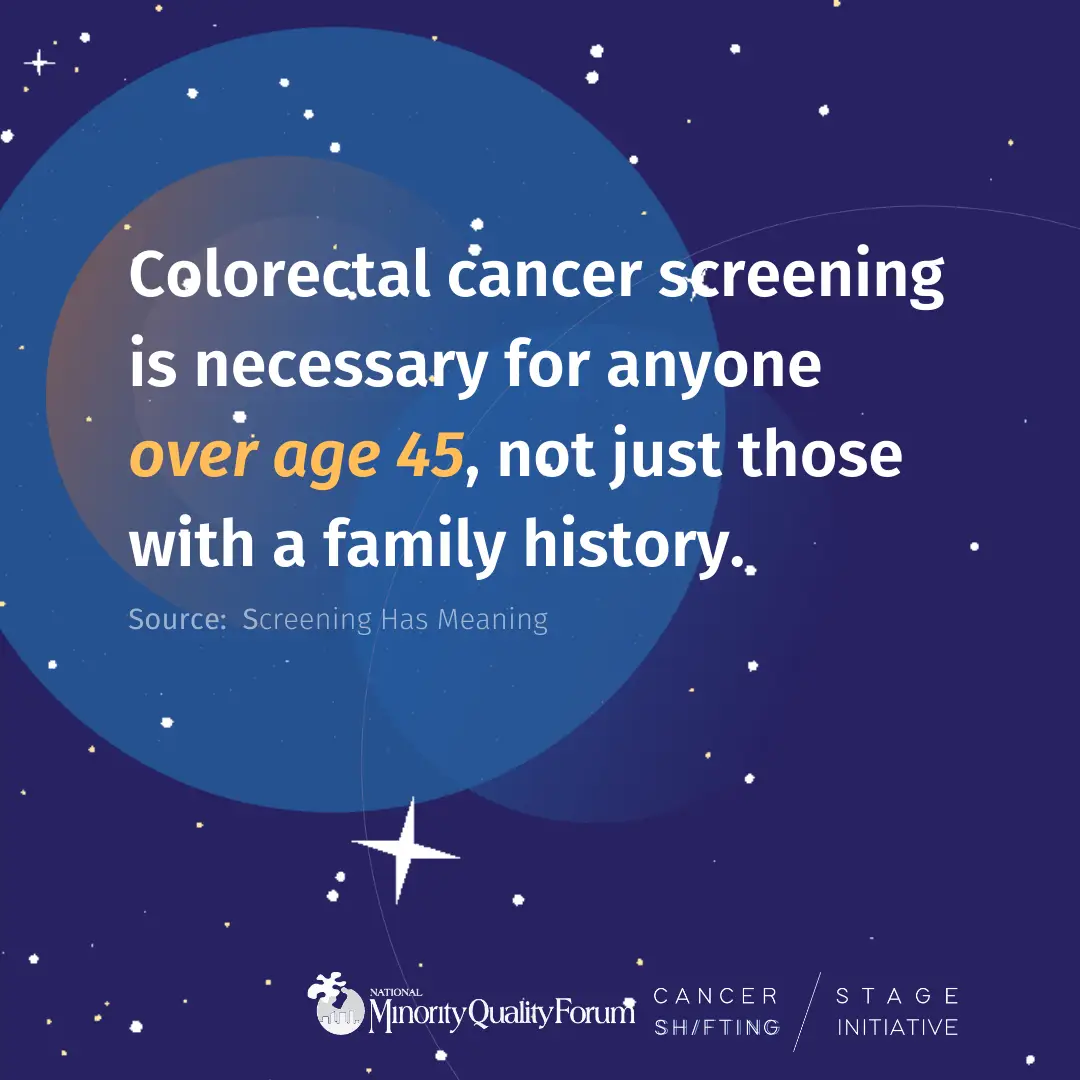Work Force
"Telehealth Allows for Flexibility and More Equity": Provider Perspectives on Telehealth for Outpatient Palliative Care for Underserved Patients
doi: 10.1089/jpm.2024.0525.
Online ahead of print.
Affiliations
Expand
Affiliations
1 RAND, Boston, Massachusetts, USA.
2 RAND, Santa M...
Black and Hispanic medical student enrollment falls after Supreme Court ruling
Enrollment of Black and Hispanic students in medical schools dropped precipitously last year after the Supreme Court banned the consideration of ra...
Spokane organization plans mental health center for Hispanic people in Spokane
Spokane-based Nuestras Raíces Centro Comunitario, also known as Our Roots Community Center, has raised $70,000 after launching its capital campaign...
An Intermountain Health physician and leader works to tackle diabetes among Indigenous populations in the South Pacific
…s leaders continues to be a driving force in helping to address diabetes among indigenous communities.
Dr. Rob Ferguson, chief medical offic...
Increasing Care for Underserved Communities Through a Global Health Residency Training Program
doi: 10.5334/aogh.4501.
eCollection 2024.
Affiliations
Expand
Affi...
Trending Topics
Features
- Drive Toolkit
Download and distribute powerful vaccination QI resources for your community.
- Health Champions
Sign up now to support health equity and sustainable health outcomes in your community.
- Cancer Early Detection
MCED tests use a simple blood draw to screen for many kinds of cancer at once.
- PR
FYHN is a bridge connecting health information providers to BIPOC communities in a trusted environment.
- Medicare
Discover an honest look at our Medicare system.
- Alliance for Representative Clinical Trials
ARC was launched to create a network of community clinicians to diversify and bring clinical trials to communities of color and other communities that have been underrepresented.
- Reducing Patient Risk
The single most important purpose of our healthcare system is to reduce patient risk for an acute event.




















